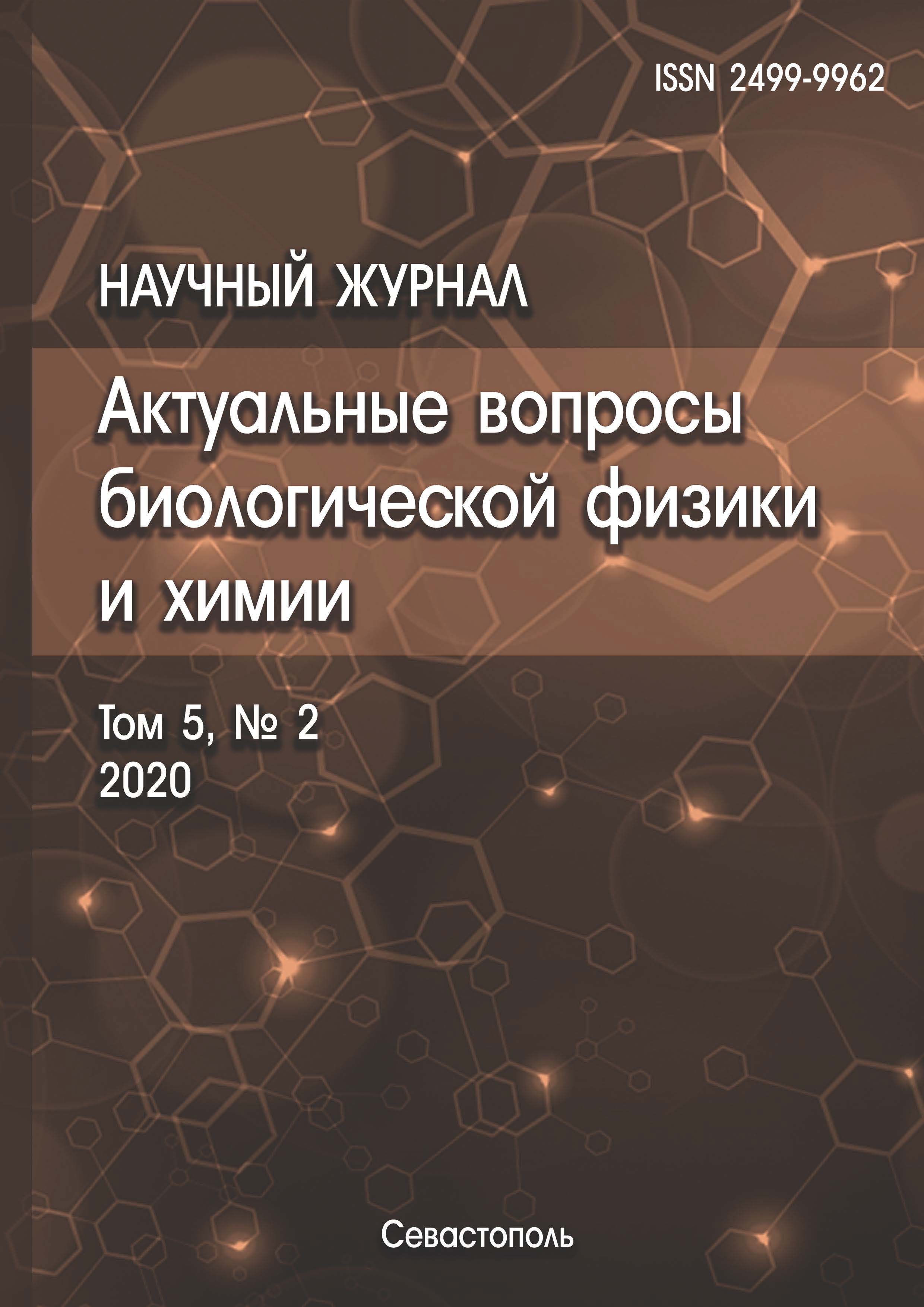The vascular tone regulation is provided by contractile activity of smooth muscle cells (SMC) located in the vessel wall. Change in SMC contractile responses may occur in case of various pathological conditions, including metabolic syndrome (MS). Along with the calcium and potassium conductance in the SMC membrane, Na+,K+,2Cl- cotransporter (NKCC), which provides a symport of sodium, potassium and chlorine ions, is of great importance in the vascular dysfunction’s development. Male Wistar rats were used for MS modeling. Rats were divided into control and experimental groups. The rats from the control group were fed with standard laboratory diet. The rats from the experimental group were fed with a high-fat, high-carbohydrate diet rich in lard and fructose for 12 weeks. The contractile activity of the smooth muscle segments in the aorta of control rats and animals of experimental groups was studied by the mechanographic method. Its electrical properties were studied by the double sucrose-gap technique. It was found that stimulation of aortic smooth muscle contractile activity by an adrenoreceptor agonist phenylephrine leads to the decrease in the amplitude of experimental rats’ segments contracture. The suppression of the contractile responses and aorta SMC sensitivity in rats with MS is associated with a decrease in the Ca2+ ions input through calcium channels. Animals fed with high-fat, high-carbohydrate diet had demonstrated a decreased vasorelaxing effect of acetylcholine, which proves the development of endothelial dysfunction in MS. The pretreatment of the ring segments with bumetanide, an NKCC inhibitor, had led to a decrease in the contractile activity and membrane potential in aortic SMC of experimental rats. The data obtained indicate the involvement of transmembrane ion currents in the vascular smooth muscle contractions regulation in the state of MS, including the NKCC-cooperated ones.
Na+, K+, 2Cl- cotransport, smooth muscle cells, metabolic syndrome
1. Roytberg G.E. Metabolicheskiy sindrom. M.: MED-M54 press-inform, 2007, 224 s. @@[Roytberg G.E. Metabolic Syndrome. M.: MED-M54 press-inform, 2007, 224 p. (In Russ.)] EDN: https://elibrary.ru/XOYWBV
2. Potenza M.V., Mechanick J.I. The metabolic syndrome: definition, global impact, and pathophysiology. Nutr. Clin. Pract., 2009, vol. 24, no. 5, pp. 560-577. DOI:https://doi.org/10.1177/0884533609342436. EDN: https://elibrary.ru/MJOVGT
3. Aydin S., Aksoy A., Aydin S., Kalayci M., Yilmaz M., Kuloglu T., Citil C., Catak Z. Today's and yesterday's of pathophysiology: biochemistry of metabolic syndrome and animal models. Nutrition, 2014, vol. 30, no. 1, pp. 1-9. DOI:https://doi.org/10.1016/j.nut.2013.05.013.
4. Moore J.X., Chaudhary N., Akinyemiju T. Metabolic Syndrome Prevalence by Race/Ethnicity and Sex in the United States, National Health and Nutrition Examination Survey, 1988-2012. Prev. Chronic. Dis., 2017, vol. 14, p. E24. DOI:https://doi.org/10.5888/pcd14.160287.
5. Ranasinghe P., Jayawardena R., Katulanda P., Constantine G.R., Ramanayake V., Galappatthy P. Translation and Validation of the Sinhalese Version of the Brief Medication Questionnaire in Patients with Diabetes Mellitus. Diabetes Res., 2018, vol. 2018, p. 62. DOI:https://doi.org/10.1155/2018/7519462.
6. Hossain P., Kawar B., Nahas M.El Obesity and diabetes in the developing world - a growing challenge. N. Engl. J. Med., 2007, vol. 356, no. 3, pp. 213-215. DOI:https://doi.org/10.1056/NEJMp068177.
7. Furukawa S., Fujita T., Shimabukuro M., Iwaki M., Yamada Y., Nakajima Y., Nakayama O., Makishima M., Matsuda M., Shimomura I. Increased oxidative stress in obesity and its impact on metabolic syndrome. J. Clin. Invest., 2004, vol. 114, no. 12, pp. 1752-1761. DOI:https://doi.org/10.1172/JCI21625.
8. Kobayasi R., Akamine E.H., Davel A.P., Rodrigues M.A., Carvalho C.R., Rossoni L.V. Oxidative stress and inflammatory mediators contribute to endothelial dysfunction in high-fat diet-induced obesity in mice. J. Hypertens., 2010, vol. 28, no. 10, p. 2111-2119. DOI:https://doi.org/10.1097/HJH.0b013e32833ca68c. EDN: https://elibrary.ru/NZPBCN
9. Bondia-Pons I., Ryan L., Martinez J.A. Oxidative stress and inflammation interactions in human obesity. J. Physiol. Biochem., 2012, vol. 68, no. 4, pp. 701-711. DOI:https://doi.org/10.1007/s13105-012-0154-2. EDN: https://elibrary.ru/DEMYPS
10. Berg A.H., Scherer P.E. Adipose tissue, inflammation, and cardiovascular disease. Circ. Res., 2005, vol. 96, no. 9, pp. 939-949. DOI:https://doi.org/10.1161/01.RES.0000163635.62927.34.
11. Hartge M.M., Unger T., Kintscher U. The endothelium and vascular inflammation in diabetes. Diab. Vasc. Dis. Res., 2007, vol. 4, no. 2, pp. 84-88. DOI:https://doi.org/10.3132/dvdr.2007.025.
12. Navedo M.F., Amberg G.C., Votaw V.S., Santana L.F. Constitutively active L-type Ca2+ channels. Proc. Natl. Acad. Sci. USA, 2005, vol. 102, no. 31, pp. 11112-11117. DOI:https://doi.org/10.1073/pnas.0500360102. EDN: https://elibrary.ru/XMJHIZ
13. Tykocki N.R., Boerman E.M., Jackson W.F. Smooth Muscle Ion Channels and Regulation of Vascular Tone in Resistance Arteries and Arterioles. Compr. Physiol., 2017, vol. 7, no. 2, pp. 485-581. DOI:https://doi.org/10.1002/cphy.c160011. EDN: https://elibrary.ru/BFQYXD
14. Nosarev A.V., Birulina Yu.G., Kovalev I.V., Smagliy L.V., Gusakova S.V., Petrova I.V., Rydchenko V.S., Polivschikova V.A., Medvedev M.A. Rol' Na+,K+,2Cl-kotransporta v H2S-oposredovannoy regulyacii sokratitel'noy aktivnosti gladkomyshechnyh kletok legochnoy arterii krys. Arterial'naya gipertenziya, 2017, t. 23, № 5, s. 395-402. @@[Nosarev A.V., Birulina Yu.G., Kovalev I.V., Smaglii L.V., Gusakova S.V., Petrova I.V., Rydchenko V.S., Polivshchikova V.A., Medvedev M.A. The role of Na+, K+, 2Cl- -cotransport in the H2S-dependent regulation of contractile activity of smooth muscle cells from rat pulmonary artery. Arterial Hypertension, 2017, vol. 23, no. 5, pp. 395-402. (In Russ.)]. DOI:https://doi.org/10.18705/1607-419X2017-23-5-395-402.
15. Lu T., Ye D., He T., Wang X.L., Wang H.L., Lee H.C. Impaired Ca2+-dependent activation of large-conductance Ca2+-activated K+ channels in the coronary artery smooth muscle cells of Zucker Diabetic Fatty rats. Biophys. J., 2008, vol. 95, no. 11, pp. 5165-5177. DOI:https://doi.org/10.1529/biophysj.108.138339.
16. Nosarev A.V., Birulina Yu.G., Petrova I.V., Kovalev I.V., Gusakova S.V., Smagliy L.V., Teslya E.S., Shamanaev A.Yu., Pushkina E.V., Medvedev M.A. Osobennosti ion-transportnyh processov v modeli arterial'noy gipertenzii. Byulleten' sibirskoy mediciny, 2018, t. 17, № 4, s. 103-109. @@[Nosarev A.V., Birulina Yu. G., Petrova I.V., Kovalev I.V., Gusakova S.V., Smagliy L.V., Teslya E.S., Shamanaev A. Yu., Pushkina E.V., Medvedev M.A. Features of ionic transport processes in a model of arterial hypertension. Bulletin of Siberian Medicine, 2018, vol. 17, no. 4, pp. 103-109. (In Russ.)]. DOI:https://doi.org/10.20538/1682-0363-2018-4-103-109. EDN: https://elibrary.ru/YTHLFZ
17. Orlov S.N., Koltsova S.V., Kapilevich L.V., Gusakova S.V., Dulin N.O. NKCC1 and NKCC2: The pathogenetic role of cation-chloride cotransporters in hypertension. Genes Dis., 2015, vol. 2, no. 2, pr. 186-196. DOI:https://doi.org/10.1016/j.gendis.2015.02.007. EDN: https://elibrary.ru/WTEVZN










